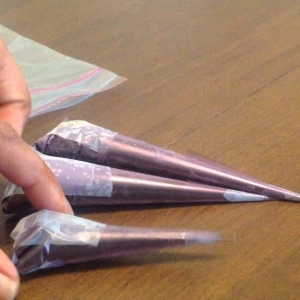Weighted stuffed animals have grown in popularity not just as adorable plush companions but also as effective tools for emotional and sensory support. Originally introduced as therapeutic aids for individuals with anxiety, autism, or sensory processing disorders, these plush creatures have since entered mainstream use, offering comfort and calm to children and adults alike. This article explores what weighted stuffed animals are, how they work, their key benefits, and why they’ve become a comforting staple in modern households and therapeutic settings.
What Are Weighted Stuffed Animals?
Weighted stuffed animals are plush toys that contain evenly distributed weights, typically made from materials like glass beads, steel shot beads, or plastic pellets. The weight usually ranges from 1 to 5 pounds, depending on the size and intended user. Unlike standard plush toys, these are designed with therapeutic goals in mind, providing deep pressure stimulation (DPS) that mimics the feeling of a warm hug.
How Do They Work?
Weighted stuffed animals utilize the principles of deep pressure stimulation, a form of tactile sensory input that promotes the release of serotonin and dopamine—neurotransmitters linked to well-being and relaxation. When someone hugs, holds, or rests with a weighted plush, the gentle pressure can have a calming effect on the nervous system. This effect is similar to that of weighted blankets, though weighted stuffed animals are often more portable and child-friendly.

Key Benefits
Anxiety and Stress Reduction
Weighted plush toys help reduce cortisol (the stress hormone) and promote a sense of security, making them ideal for people experiencing anxiety, panic attacks, or overwhelming emotions.
Improved Sleep Quality
Many users find it easier to fall asleep and stay asleep when cuddling a weighted stuffed animal, thanks to the calming pressure and comforting presence.
Support for Sensory Processing Disorders
For children and adults with sensory integration challenges, especially those on the autism spectrum, weighted animals offer a safe, manageable source of sensory input.
Enhanced Focus and Attention
In educational or therapy settings, holding a weighted stuffed animal can help reduce fidgeting and improve attention spans, particularly for individuals with ADHD.
Emotional Support and Companionship
Beyond the therapeutic benefits, these custom plush toys provide a tangible form of comfort during periods of grief, loneliness, or emotional distress.

Popular Uses and Applications
Therapeutic Settings: Occupational therapists often use weighted animals during sessions to help children calm down or stay focused.
Schools: Teachers may allow students to use them as part of sensory corners or quiet spaces.
At Home: Families incorporate them into bedtime routines or relaxation rituals.
Elder Care: Seniors, especially those with dementia, may find comfort and grounding from weighted stuffed animals.
Considerations When Choosing One
When selecting a weighted stuffed animal, it’s important to consider the following:
Weight-to-Body Ratio: Experts typically recommend a weight of about 10% of the user’s body weight.
Material Safety: Ensure the stuffed animal is made from non-toxic, hypoallergenic, and durable materials.
Ease of Cleaning: Some models come with removable covers for washing, which is important for hygiene.
Child Safety: Look for items that are securely stitched and do not contain small parts that could pose a choking hazard.

Final Thoughts
What began as a specialized therapy tool has become a widely appreciated source of comfort in daily life. From toddlers needing sensory support to adults seeking relief from modern stress, weighted stuffed animals offer a simple yet profoundly soothing solution. Their effectiveness lies in the blend of emotional connection and physical grounding—making them not just plush toys, but cherished companions.
Whether you're dealing with sensory overload, sleepless nights, or simply looking for a calming friend, a weighted stuffed animal might be the gentle solution you didn’t know you needed.







